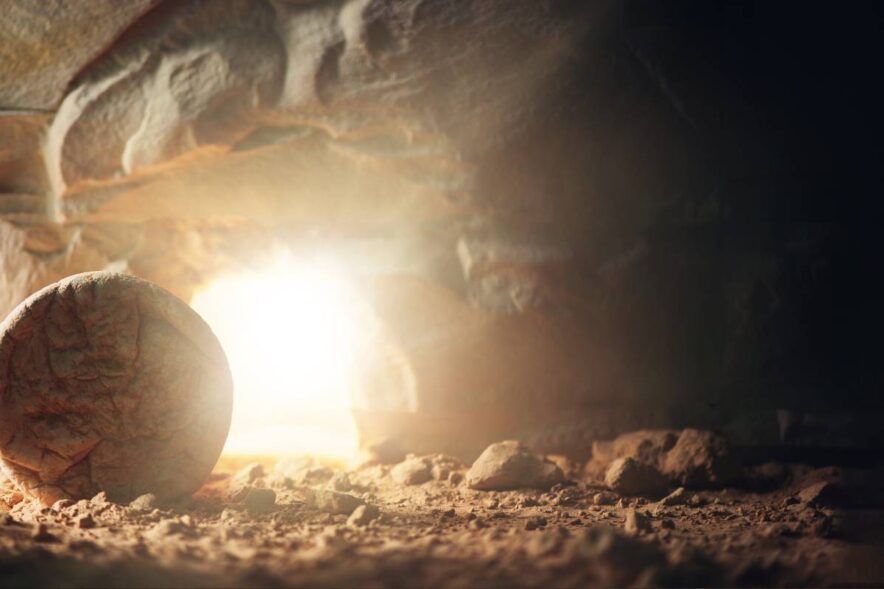“If the Spirit of Him who raised Jesus from the dead dwells in you, He who raised Christ Jesus...
Category: Theology
Showed 10 to 18 posts out of 18 total under "Category: Theology" category.
This article is dedicated to two good men in my life, my father, Ken, and my husband, Luke. My...
(Not a reader? Take a listen instead ⇓) “Behold, the virgin will be with child and will give...
(Not a reader? Take a listen instead ⇓) I like the Apostle Paul. I like his ability to ‘call...
(Not a reader? Take a listen instead ⇓) The appearance of Jesus on the Jewish scene was a dramatic...
The subject of hell has popped up in a few different conversations recently, and, while I tend to try...
One of the most startling pieces of information that we are given in relation to Jesus is the fact that...
That Jesus existed, there is no doubt. There is a great deal of written historical evidence, both from Christian...











